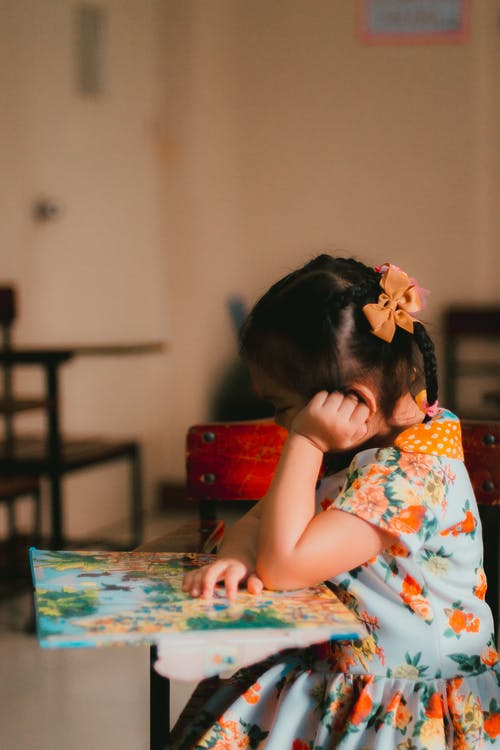Children, according to Montessori educators, are inherently enthusiastic and capable of starting and pursuing learning based on their own interests. Montessori schools offer carefully designed, age-appropriate settings that foster children’s cognitive, social, emotional, and physical development in order to facilitate their learning.
We identify five components as essential to high-fidelity implementation of the Montessori Method, regardless of the kind of Montessori school—for example, independent, private, or public/charter, secular or faith-based.
Montessori-trained educators
A Montessori teacher with the appropriate credentials recognizes the significance of allowing children to grow organically. Based on observations of each child’s individual interests, skills, and social, emotional, cognitive, and physical development, the teacher exposes them to demanding and developmentally appropriate courses and materials within a particular age range.
A Montessori teacher is knowledgeable not just about Montessori theory and childcare Nambour, but also about how to utilize Montessori materials correctly and effectively. She has the observational skills to guide and challenge her pupils, a strong foundation in human growth and development, and the leadership abilities to create a caring atmosphere that is physically and psychologically conducive to learning.

The Multi-Age Classroom is a place where students of all ages may learn together
Multi-age groups in Montessori schools allow younger children to learn from older children while also experiencing new difficulties via observation. Older kids reinforce their own learning by teaching ideas they’ve previously learned, as well as developing leadership abilities and acting as role models. Children develop at their own speed since each student’s work is unique; there is collaboration rather than rivalry among the ages. This arrangement reflects the actual world, in which people of various ages and dispositions work and interact.
Students in a Montessori classroom work together in mixed-age groups based on the developmental phases on which Montessori education is founded.
Using Montessori Resources
The use of specifically developed learning materials and a hands-on approach to learning are hallmarks of Montessori education. Montessori’s unique learning tools are each beautifully and carefully designed to teach a specific skill or idea. The resources are organized in a logical, developmentally appropriate manner, allowing the youngster to get an abstract grasp of a topic.
Work that is directed by the child
Montessori education encourages children to choose meaningful and difficult work that piques their interest, resulting in engagement, intrinsic drive, sustained attention, and a feeling of personal and social responsibility. This child-directed work is aided by the Montessori classroom’s design and flow, which is intended to pique each child’s interest and offer opportunities to work in quiet, uncluttered areas, either alone or with others.

Work Periods That Aren’t Interrupted
The “uninterrupted work period,” a long amount of “free choice” time in Montessori classrooms, acknowledges and respects individual differences in the learning process. During the work hour, students have the freedom to choose and complete different tasks and responsibilities at their own speed.
A child’s work cycle consists of picking an activity, doing it for as long as they are interested in it, cleaning it up and putting it back on the shelf, and then picking another activity. During the work time, instructors offer individual and small-group instruction, as well as assist and supervise the students’ work. Coordination, focus, and independence are all aided by the continuous work time.





